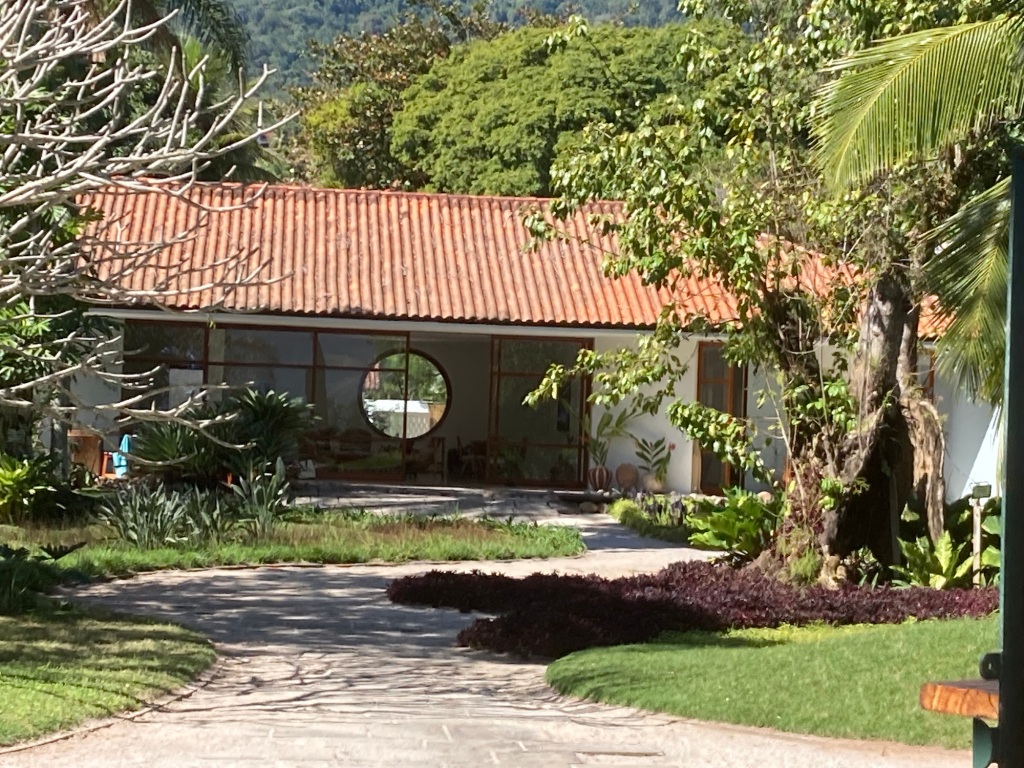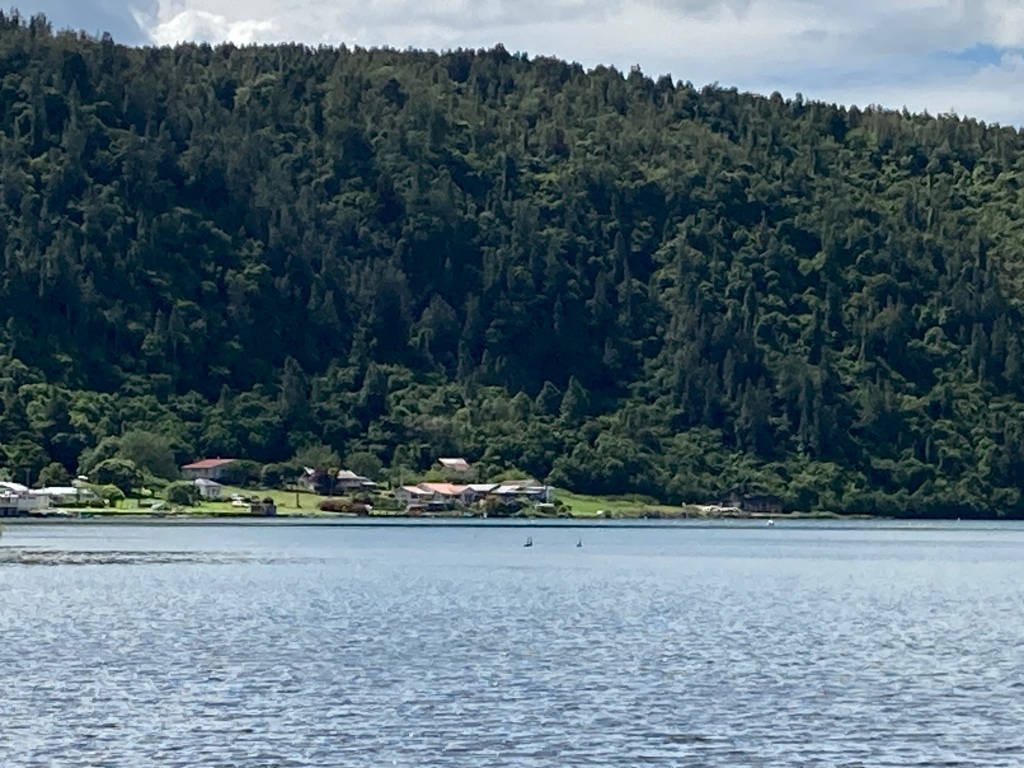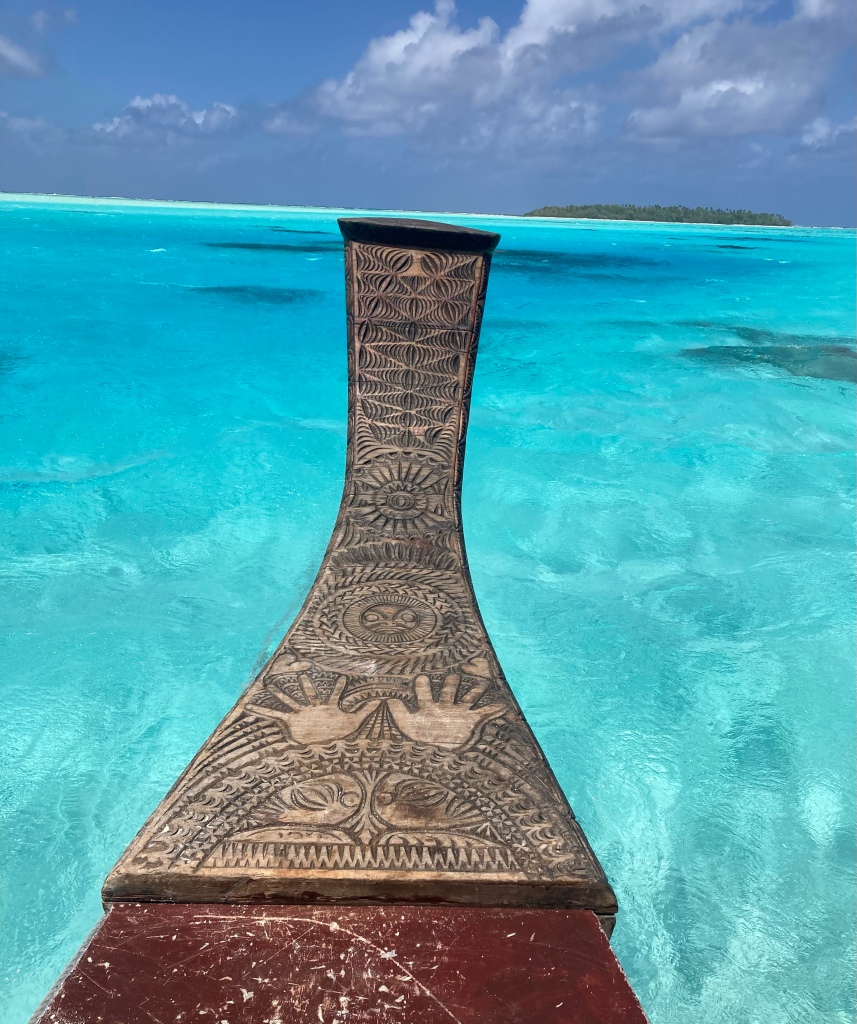‘The more I see, the more I am convinced’ says the creature. ‘History is people with weapons and ships wiping out those who forgot to invent them. Every civilisation begins with a genocide……..The rich will enslave the penniless. The rich will crush the weak’.
The Seven Moons ofMaali Almeida Sheehan Karunatilaka.
I’ve been reading Karuntilaka’s book and Christy Lefteri’s’Songbirds.
Karunatilaka’s book is set in the in-between world where Maali is moving through seven moons of understanding at the end of which he may find the Light (or not). The story focusses on Maali as a photographer in life who has taken pictures of atrocities and meetings between some of the corrupt leaders in the 1989 Sri Lankan conflict. ‘1989 was the darkest year in my memory, where there was an ethnic war, a Marxist uprising, a foreign military presence and state counter-terror squads’ the author says.
In the book Maali is trying desperately to make contact with the living in order to retrieve incriminating negatives of the atrocities and meetings.
It’s a complex story rife with symbolism, primarily Buddhist and many references that I don’t recognise.
Songbirds is set in another small island – Cyprus. Events are recent. A Sri Lankan domestic worker goes missing. She’s one of the many, mostly Asian women, who work on the island for rich householders. Police are dismissive when she is reported missing and those around her begin to realise how little they know about her. The title refers to the birds that are captured in the island, as well as the captive domestic workers. There’s also a connection to Sri Lankan Buddhism where birds seem to variously represent freedom and the cycle of life. While searching out the connections I found this image of Budhha and cloned songbirds. Check it out.
I was struck by the similarities between these books. The writing styles are at opposite ends of the spectrum but I found myself finding connections.
These small islands have been colonised by Europeans, and both have both suffered ethnic conflict. The British (after Portuguese and Dutch) left Sri Lanka in 1948 and Cyprus in 1960. Almeida notes: ‘Burma. Israel. North Korea. Apartheid South Africa. Sri Lanka. All born in ‘48’.
While in Cyprus the citizens are constrained by the Green Line that separates Greeks from Turks, the Sinhalese and Tamils are separated by conflict and largely inhabit different zones of Sri Lanka. Almeida is separated from the living world that he frustratingly tries to contact. In Songbirds assumptions internal preoccupations, illegal activities and grief separate the characters. In both, the living authorities are careless and dismissive, those in the in-between world overly bureaucratic. We all move through a world in which we do not know each other.
I realise I’ve drawn a long bow here but these coincidences stayed in my mind as 2023 ended. Both these books offer us and the characters a kind of redemption, and a way forward.
Blinded this world — how few here see clearly! Just as birds who’ve escaped from a net are few, few are the people who make it to heaven. “Lokavagga: Worlds” (Dhp XIII), translated from the Pali by Thanissaro Bhikkhu. Access to Insight (BCBS Edition), 30 November 2013, http://www.accesstoinsight.org/tipitaka/kn/dhp/dhp.13.than.htm















